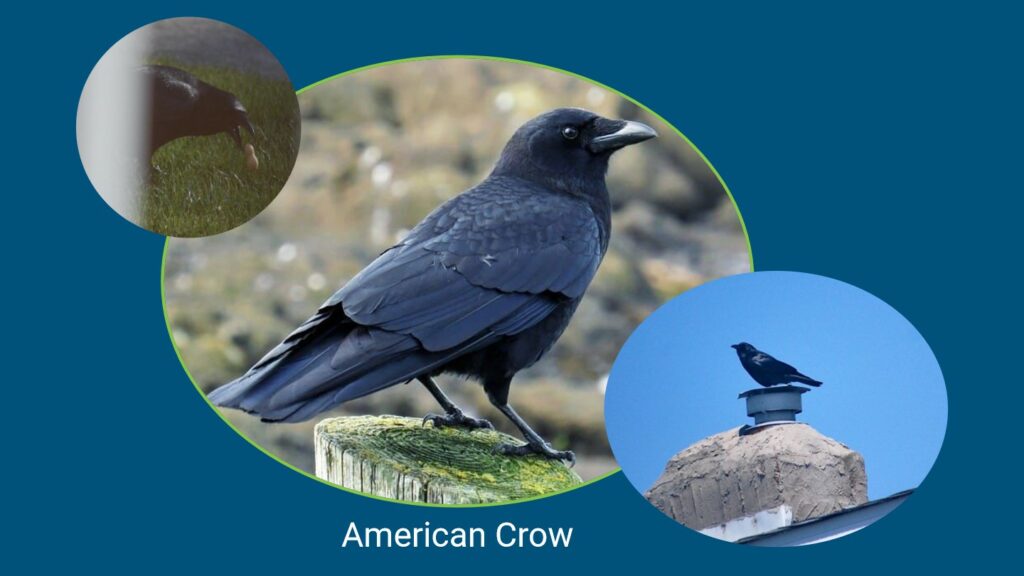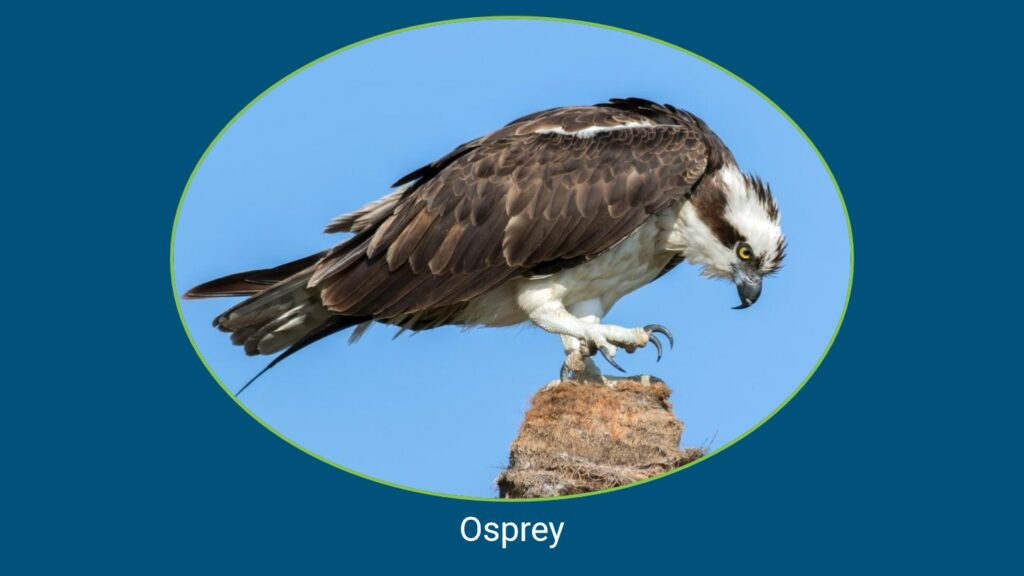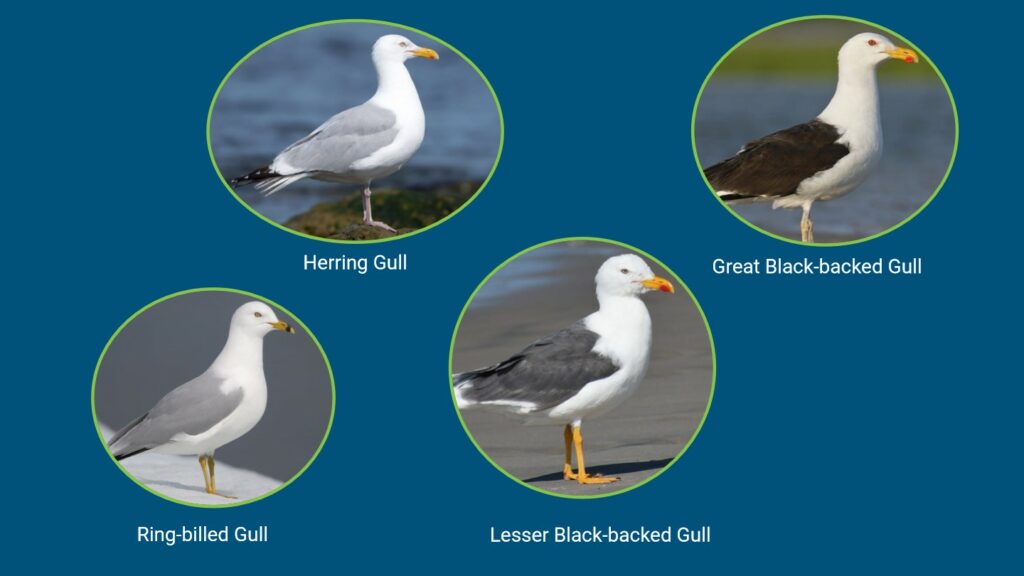
Longport resident Kai Tripician gives a talk on the birds of Absecon Island at Borough Hall, Tuesday, Aug. 24, 2021.
By NANETTE LoBIONDO GALLOWAY
LONGPORT – The borough’s green team Tuesday, Aug. 24 held the second in a series of talks about the local environment. The first program held July 27 shared information about what to plant that won’t be eaten by Longport’s voracious rabbit population.
Some species of birds forage on lawns, and the common American robin will be the first to ingest poisonous lawn treatments and die, so it’s important not to put out poisons for the rabbits, resident Kai Tripician, 19, a self-taught ornithologist said.
He is a student at Wesleyan University and has had a passion for birds since he was a youngster.
“My interest in birds started at a very young age,” he told a group of about 30 attendees.
He has become an expert ornithologist and is president of Wesleyan’s Birding Society, green team Chairman Tom Subranni said.
Although he has yet to pick a major, Tripician said he would like to obtain a degree that really doesn’t exist – something involving environmental studies, film, and American sign language.
Tripician said he has learned so much about birds just by working at Stacey’s Surf and Paddle in Margate, where the birds have gotten to know him. While he’s at Wesleyan, he goes birding in the local cemetery.
“It’s very peaceful there,” he said.
His favorite bird is the crow, which, he indicated, is a very intelligent species that will either love you or hate you.
“The American crow has the intelligence of a 6-year-old,” he said. “If you are nice to them, they will remember you and bring their friends to meet you, but if you are not nice to them, they will bring their friends to attack you.”
He said the Alfred Hitchcock classic film, “The Birds,” gives crows a “bad rap.”
“They are actually very playful and have a lot of personality,” he said.
 Tripician recommended bird feeders be filled during winter when there may not be as much for backyard birds to eat and in spring to feed migratory species.
Tripician recommended bird feeders be filled during winter when there may not be as much for backyard birds to eat and in spring to feed migratory species.
He noted that if birdfeeders are not properly maintained, they could cause illnesses in birds and even death.
A new mysterious illness is affecting songbirds across the eastern states, he said. Symptoms include crusty eyes, tremors and paralysis. Although some states and municipalities have advised residents to take down their birdfeeders, New Jersey officials are only asking residents to report potential cases in bluejays, robins, grackels, starlings and other common backyard birds to the NJ Division of Fish and Wildlife.
Tripician talked about the various species of birds that live in the marsh and beach, some of which forage in the air and are “fun to watch.”
Perhaps the most well-known marsh bird is the osprey, which had dwindled in number to 50 nesting pairs in New Jersey before DDT was identified as a threat. Since then, conservation efforts have increased the count to about 600 nesting pairs in New Jersey, with 812 young born in 2020, he said.
“They are great at catching fish and can catch a fish every 12 minutes,” he said.
 Egrets, which were once hunted for their feathers, were almost brought to extinction, but since the early 20th century, their numbers have been restored. You can tell a Great egret from a Snowy egret by the color of their feet, he said.
Egrets, which were once hunted for their feathers, were almost brought to extinction, but since the early 20th century, their numbers have been restored. You can tell a Great egret from a Snowy egret by the color of their feet, he said.
“Snowy egrets have yellow feet, and the greats have black feet,” he said.
Beachgoers are most familiar with seagulls who have learned to steal food from humans. There are at least four species of gulls on the beaches of Absecon Island – the herring gull, ring billed gull, lesser black back gull and the great black backed gull – and they all look similar, Tripician said.
“The one you are probably most familiar with is the laughing gull that wakes you up in the morning,” he said.
Ocean City has the right idea employing the use of raptors to scare away the gulls, he said. Although they don’t attack the gulls, their mere presence scares them away from the boardwalk, where visitors enjoy pizza, fries and other delicacies.
One woman in the audience said she doesn’t remember the gulls being so aggressive when she was a child.
“That’s a learned behavior and now beachgoers provide a tremendous food source for them,” Tripician said.
 His former third grade teacher at the Ross School in Margate, Jessica Cuevas said she educates students and their parents that they should not be a food source for wildlife.
His former third grade teacher at the Ross School in Margate, Jessica Cuevas said she educates students and their parents that they should not be a food source for wildlife.
“It’s our responsibility to teach each other that wildlife should not be looking to humans for food,” she said.
“That’s why we should take precautions with our garbage,” Tripician agreed.
Because classes at Wesleyan will be held in-person this year, Tripician said his birding club would go on birdwatching trips, share photographs members take of birds, arrange bird seminars and obtain funding to install bird feeders around campus.
He encouraged residents to enjoy birding on their own terms, whether in their own backyards or at area sanctuaries, such as the Edwin B. Forsythe Wildlife Refuge in Oceanville, Galloway Township, or at the Malibu Beach Wildlife Management Area on Ocean Drive near the Ocean City bridge.
Anyone interested in learning more about birding should download the Cornell Lab Merlin Bird ID app at allaboutbirds.com, or the Audubon app at Audubon.org.
Copyright Mediawize, LLC 2021



